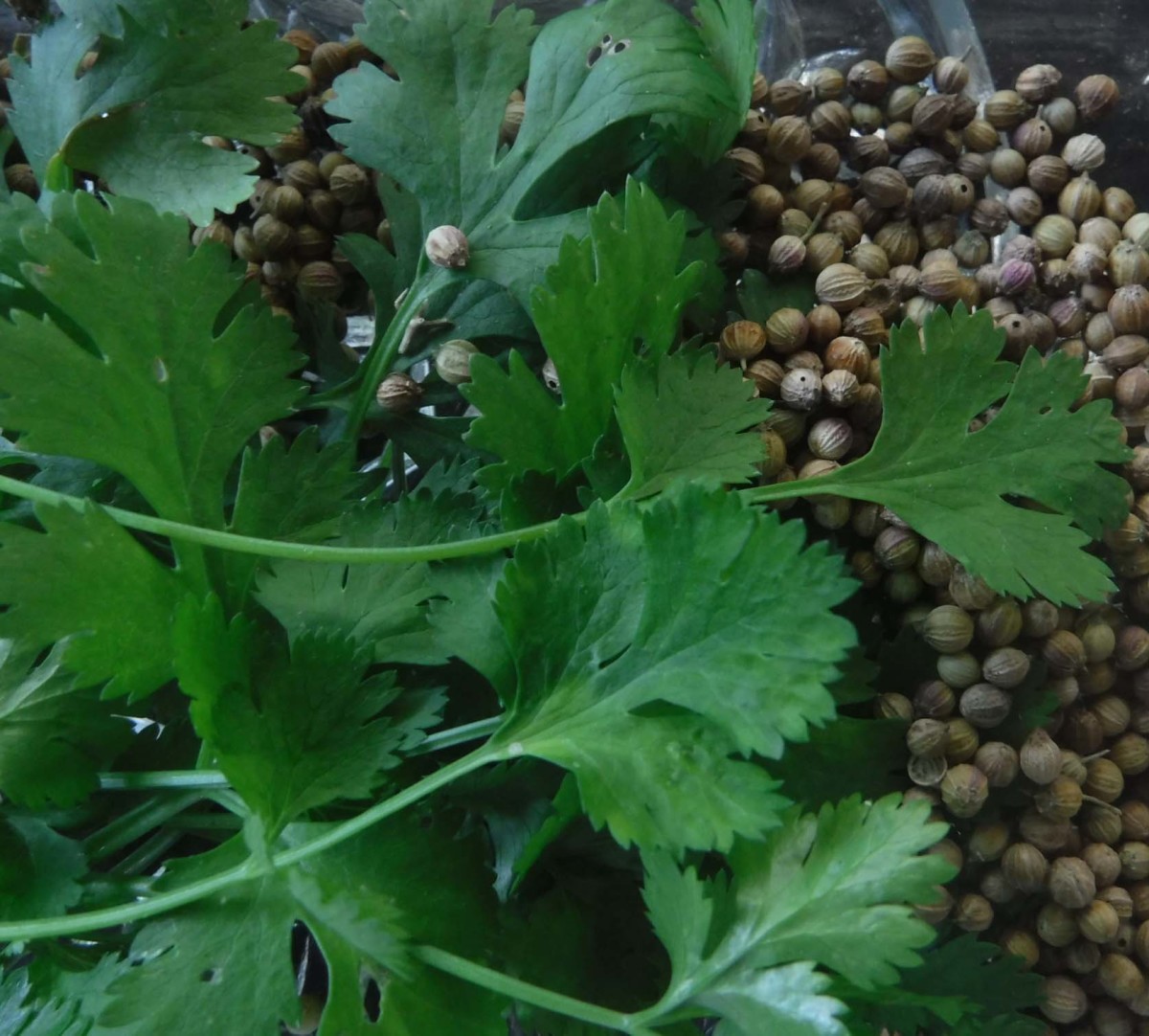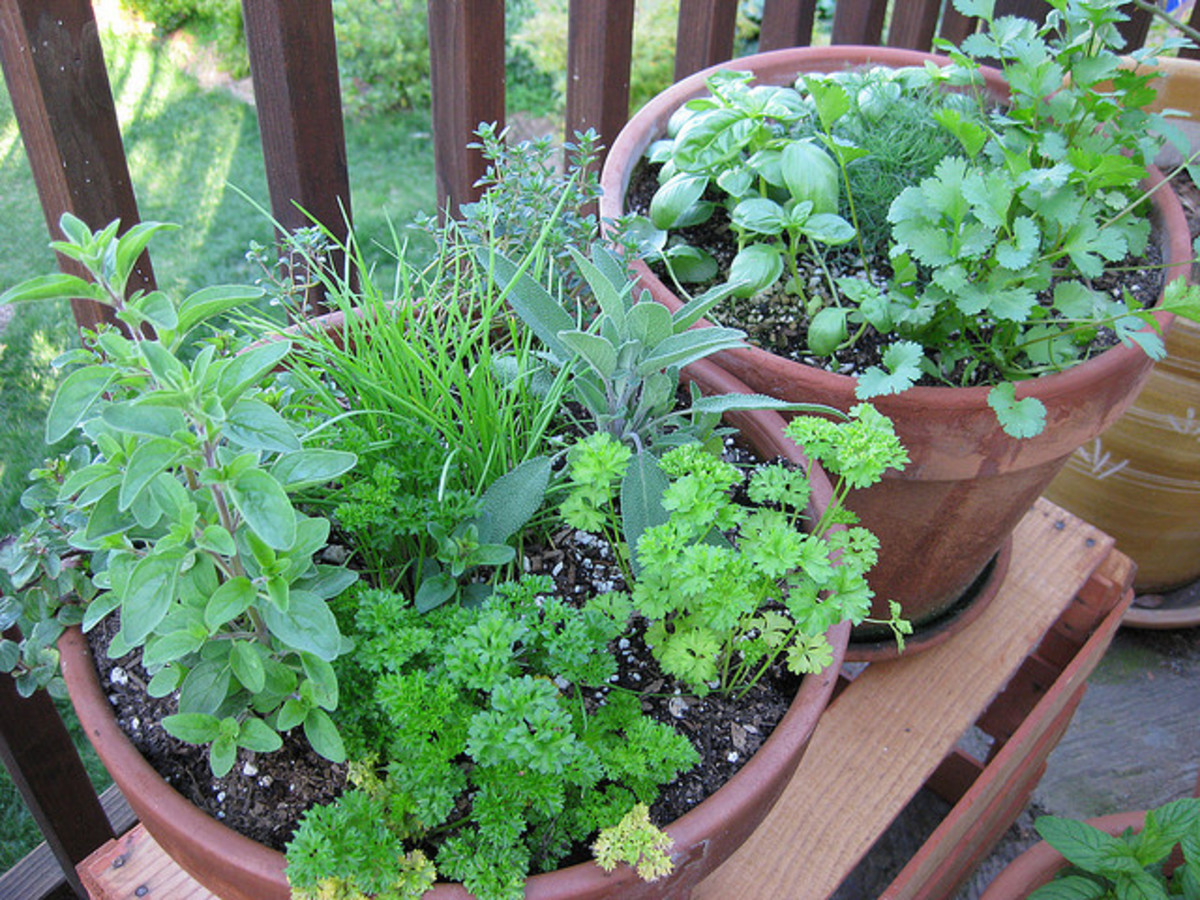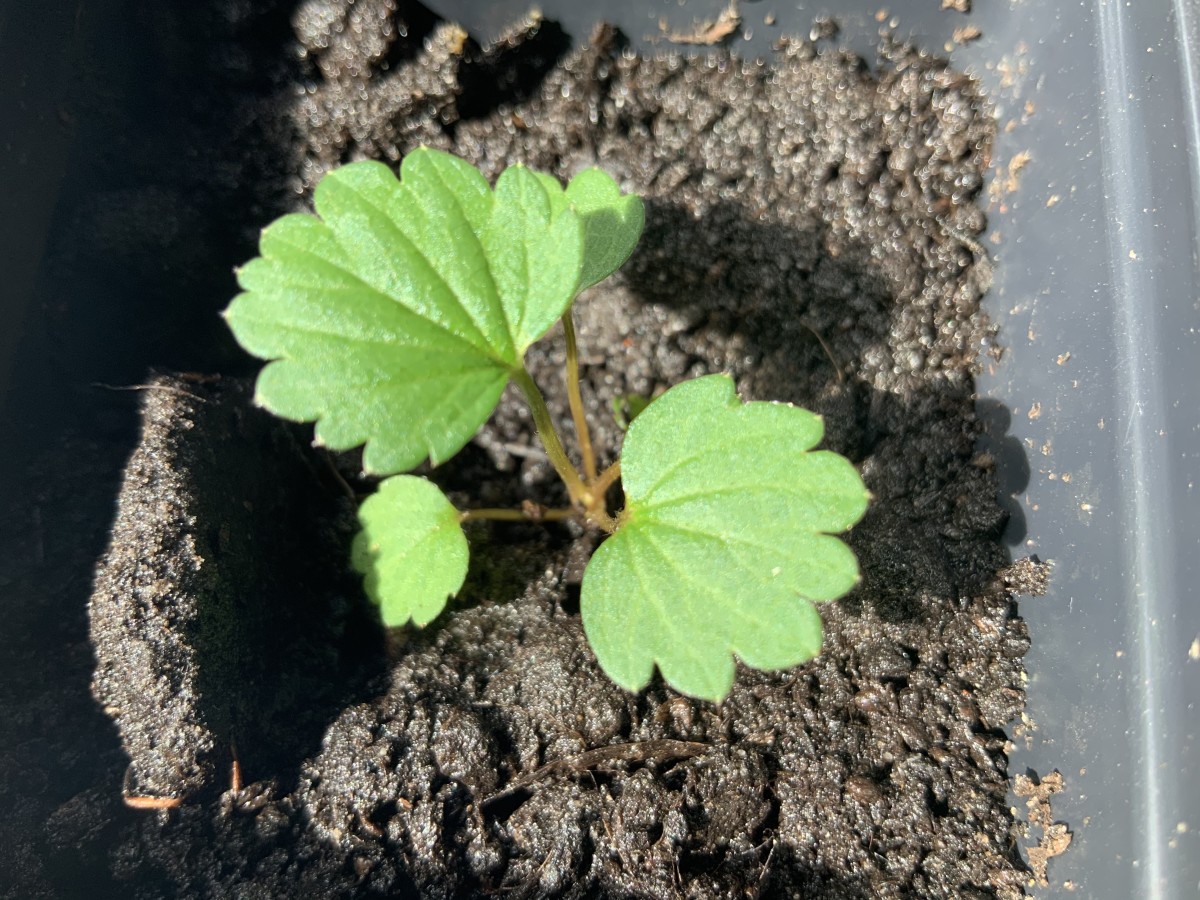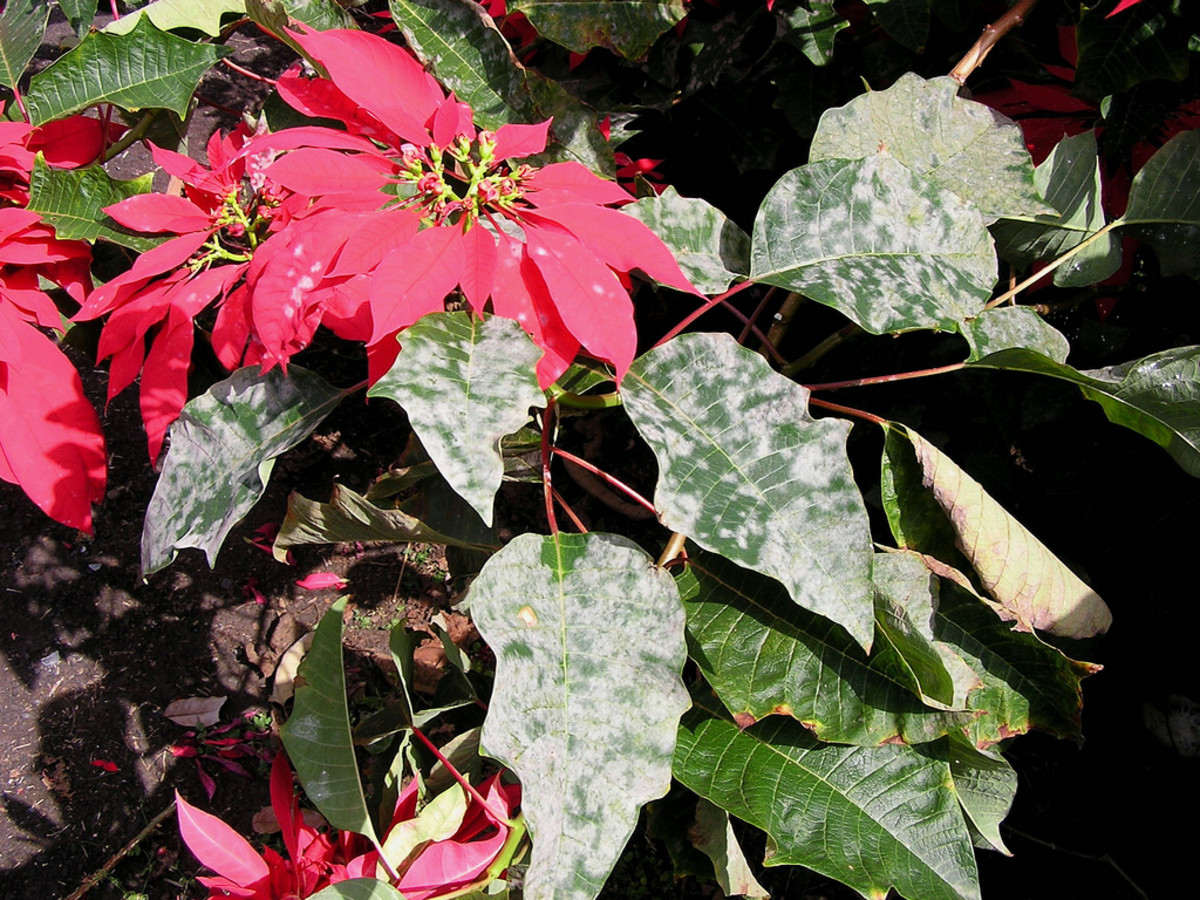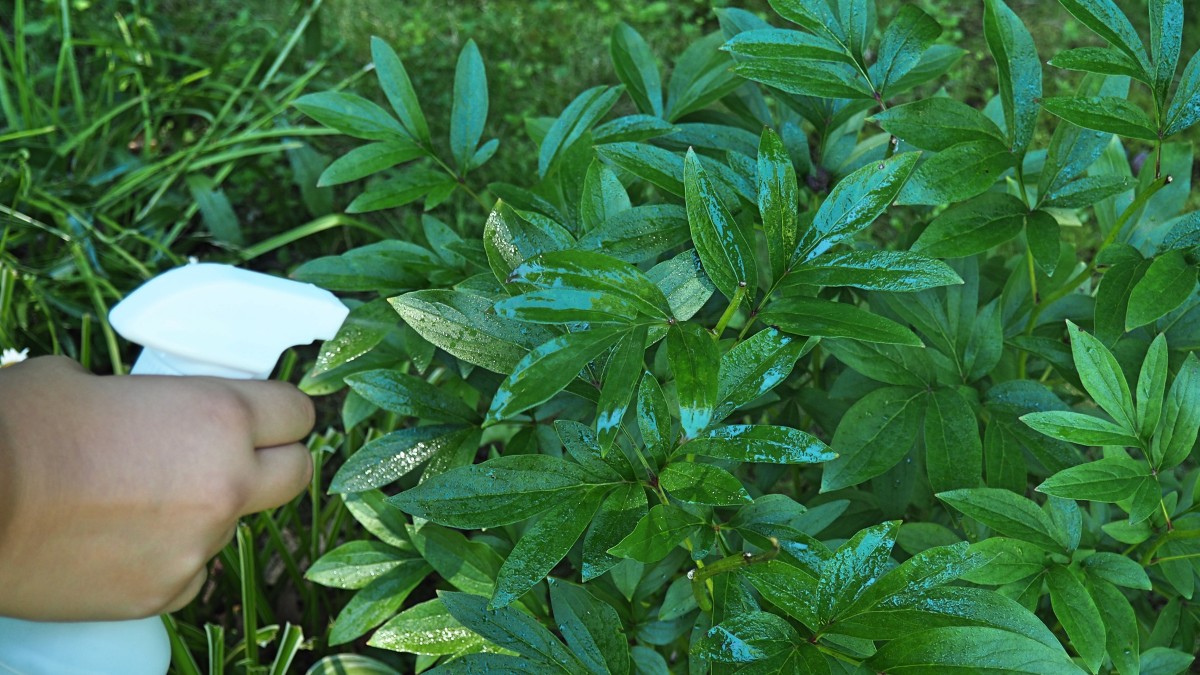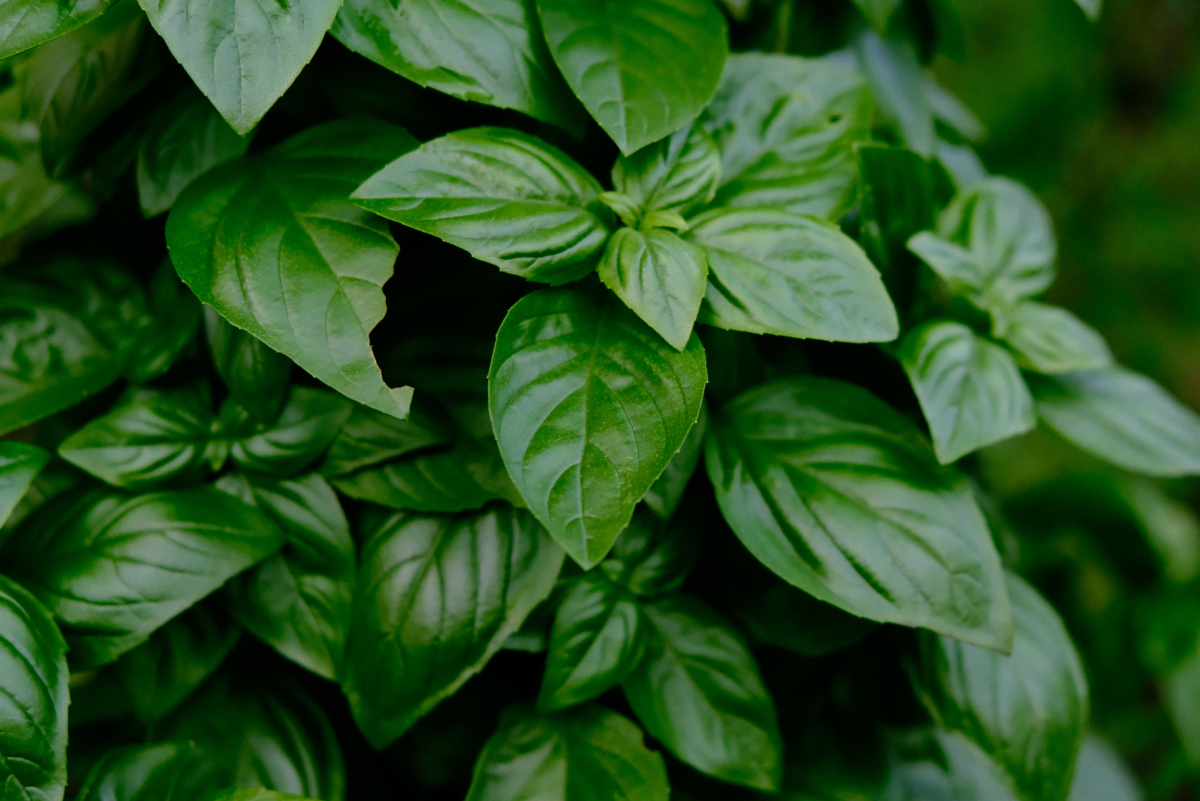How To Grow Cilantro (Coriander)
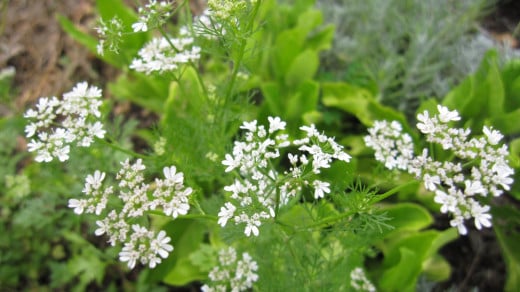
Coriander (Coriandum sativum) is a member of the carrot family (Apiaceae) grown as an annual herb for it's flavorsome leaves and seeds. It goes by several other common names including cilantro in North America, Chinese parsley and dhania.
The flavor of both the seeds and leaves can be off-putting to some people and an unpleasant metallic taste is often reported as the reason. I however find coriander to be rather delicious in moderation and use it often during cooking.
Cilantro is incredibly easy to grow, in fact if you live in a mild climate it will readily self-sow in the garden (often popping up during late Autumn or early Winter here in the sub-tropics). They're almost weedy in their tenacity, although I've found if I neglect any self-sown coriander plants in areas I don't want them they tend not to grow very big before flowering and setting seed and don't out compete other plants.
I leave any self-sown coriander plants to grow because the flowers are a great source of nectar for the adult stages of beneficial insects such as green lacewings and hoverflies (the juvenile stages of which actively feed on insect pest, particularly aphids) and help to attract them into the garden.
The best way to grow cilantro is by planting seeds. It's generally not a good idea to buy coriander seedlings in punnets or start seeds in punnets for transplant later as transplanted seedlings will often bolt to seed early and you get very few leaves to harvest. When sowing the seeds of ciltantro sow them direct where they are to eventually grow in the garden.
Before sowing the seeds make sure you pick a nice sunny spot for your coriander patch to grow in. Ensure the soil is also rich and free draining, if lacking add some compost and mix it through the soil well.
To plant the seeds simply poke a hole in the soil about 6mm (1/4th of an inch) deep, pop the seed in, cover and compact light then water in well. Sometimes the seed can germinate irregularly, soaking them in water for 2 days prior to sowing can help get them started. They should take about 4 days to begin germinating.
Space planting holes about 30cm (1 ft) apart from each other and any other plants to give the coriander plants room to grow. You can plant a few seed in each hole and thin out to the healthiest growing seedling once they are about 6cm (2 inches) tall if you like, this helps to improve the quality of the plants and they will produce seed that will grow better in your climate the next time you plant them.
Cilantro germinates best when the soil temperature outside remain between 10 and 27 degrees Celsius (50 to 80 degrees Fahrenheit), the most likely time this will occur is during Autumn and Spring. As coriander plants do not grow well during hot Summers, it's best to sow the seed in Autumn in warm climates or in Spring after the last chance of frost has past if you experience cold Winters where you live.
Cilantro plants have a shallow root system and can be prone to drying out, especially during warm weather. To prevent this mulch around each plant and water regularly. Water stressed coriander plants will readily bolt to seed so it's really important to keep the water up to them if you wish to have a good harvest of leaves.
To give the new seedlings a boost start, sprinkle some good quality organic fertilizer around the base of each plant under the mulch after you thin them out.
As far as pest and diseases go, coriander doesn't seem to be too badly affected. Occasionally the odd caterpillar may trouble them but these can be picked off by hand and fed to the chickens, I tend to have enough plants growing that I just leave any caterpillars be.
Cilantro takes about a month to a month and a half to reach a good size for harvest, although leaves can be picked from the plant to use earlier. To avoid having a glut of coriander plants all at once it's a good idea to sow a few seeds each week in succession so that you can harvest the plants fresh over a longer period of time.
The leaves of coriander can be chopped and added to any hot dish towards the end of cooking or added raw to salads, the flavor is particularly suited to Thai cuisine. The seeds can also be collected and ground in a coffee grinder or with a mortar and pestle, ground coriander seeds feature heavily in Mexican and Indian dishes. I have a weird tendency to eat the green seeds raw too as I'm pottering about the garden.
© 2012 TheNerdyGardener


